Amazing Perseid Meteor Shower Photos: Celestial Fireworks Wow Stargazers
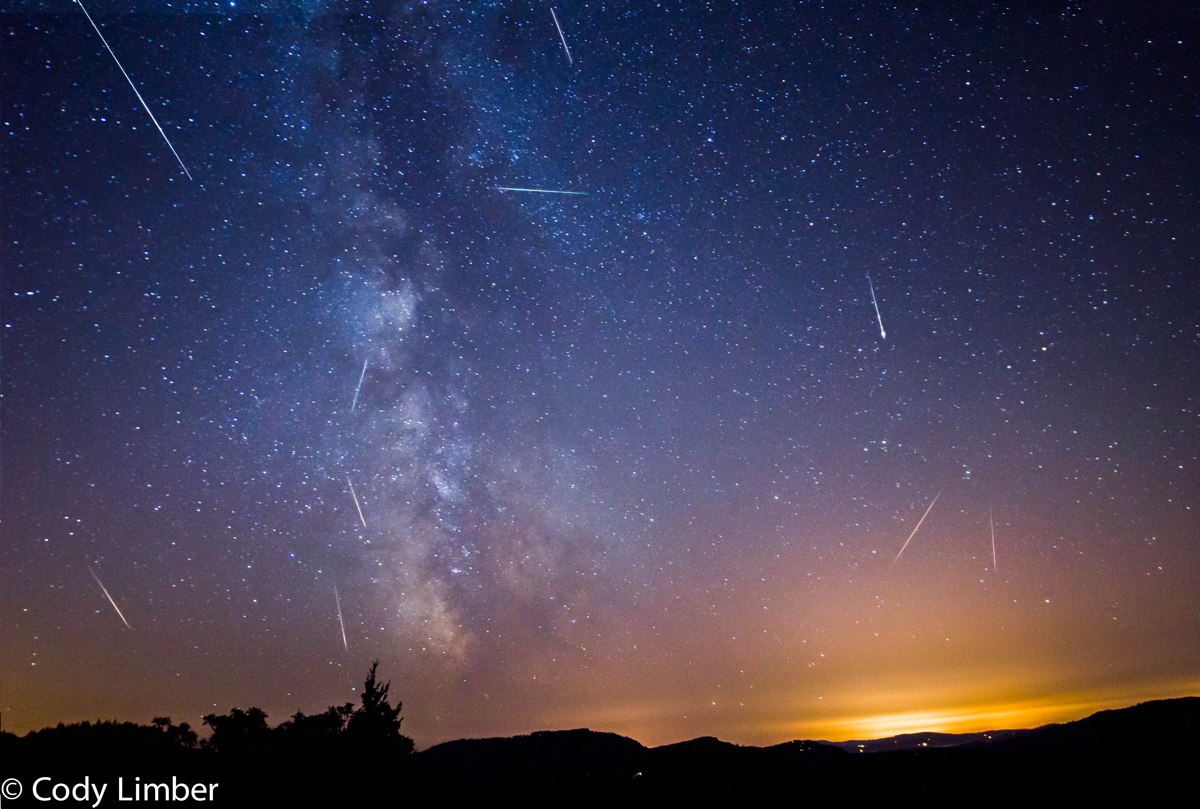
The annual Perseid meteor shower is dazzling stargazers around the world, and it's not over yet.
The 2013 Perseid meteor shower is peaking now and could light the night sky with as many as 100 meteors per hour for viewers in dark areas. The cosmic light show is expected to remain at its best through the overnight hours tonight (Aug. 12), but for the most spectacular views stargazers must be sure to get away from bright city lights.
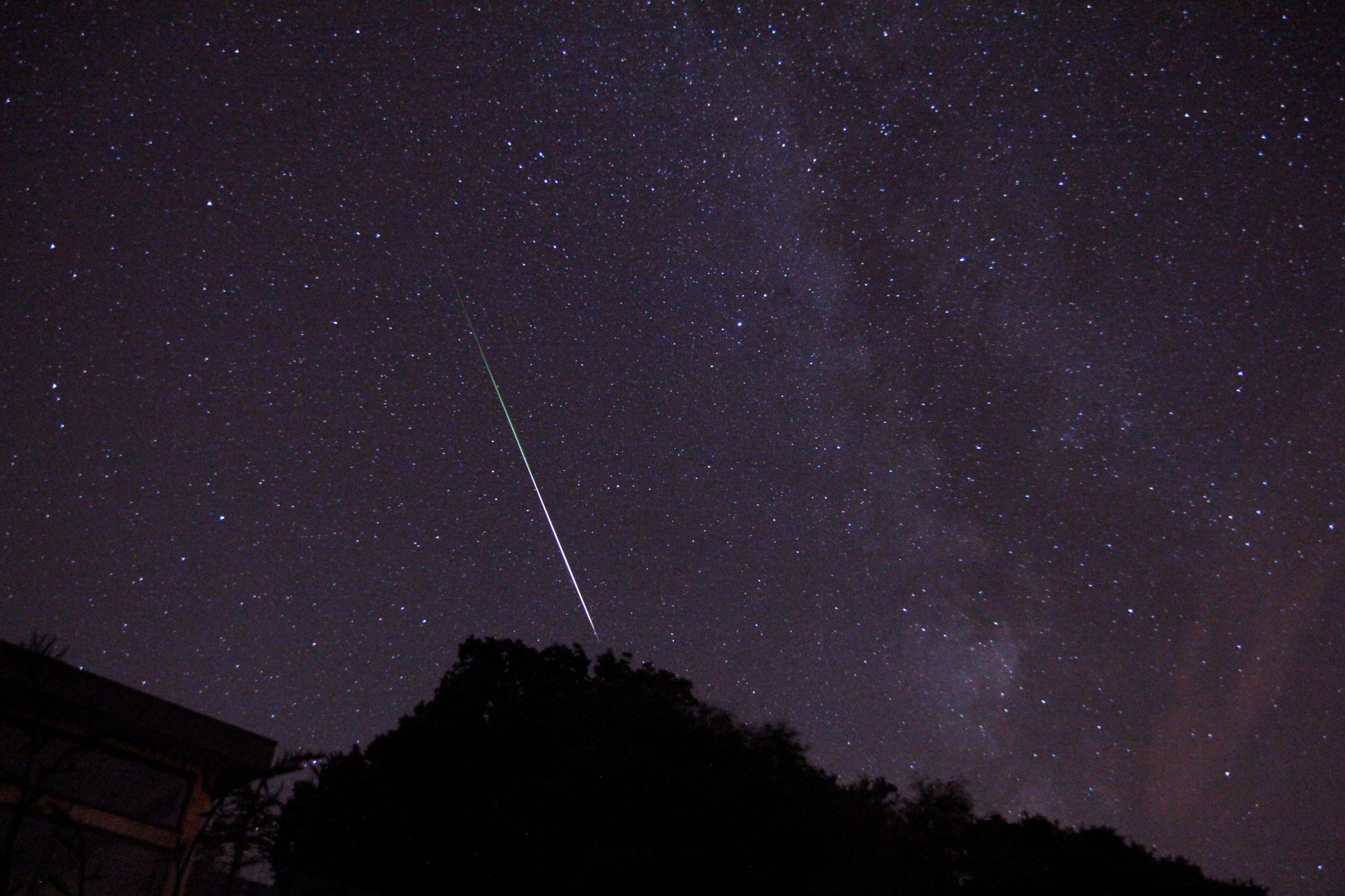
If bad weather gets in the way of your Perseid watching, you can check out a live webcast featuring views of the meteor shower from the Canary Islands off the west coast of Africa tonight beginning at 7 p.m. EDT (2300 GMT). You can watch the meteor shower webcast on SPACE.com, courtesy of the Slooh Space Camera — an online skywatching website. Some stargazers have already seen a great display, however. [How to see the 2013 Perseid meteor shower]
"I spent the evening easing back in a lawn chair waiting for the typical British clouds to pass in order to have a peak at some meteors," David Firstbrook, a skywatcher who photographed the the shower Sunday from the Isle of Wight, U.K. wrote in an email. "I live in London most of the time, so getting out into a remote area away from the lights and pollution is definitely a treat, I even managed to get a good view of the Milky Way!"
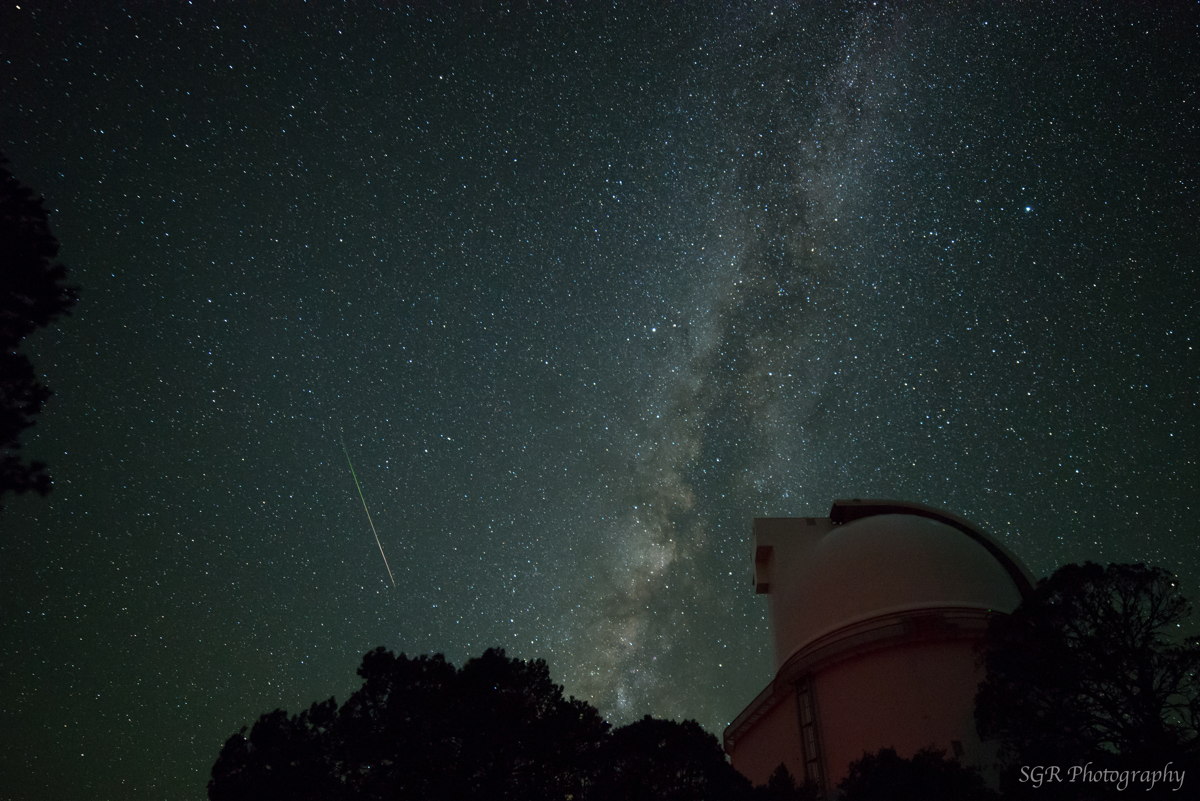
Perseids = "awesomeness"
Astrophotographers in the United States also managed to catch some Perseid meteors.
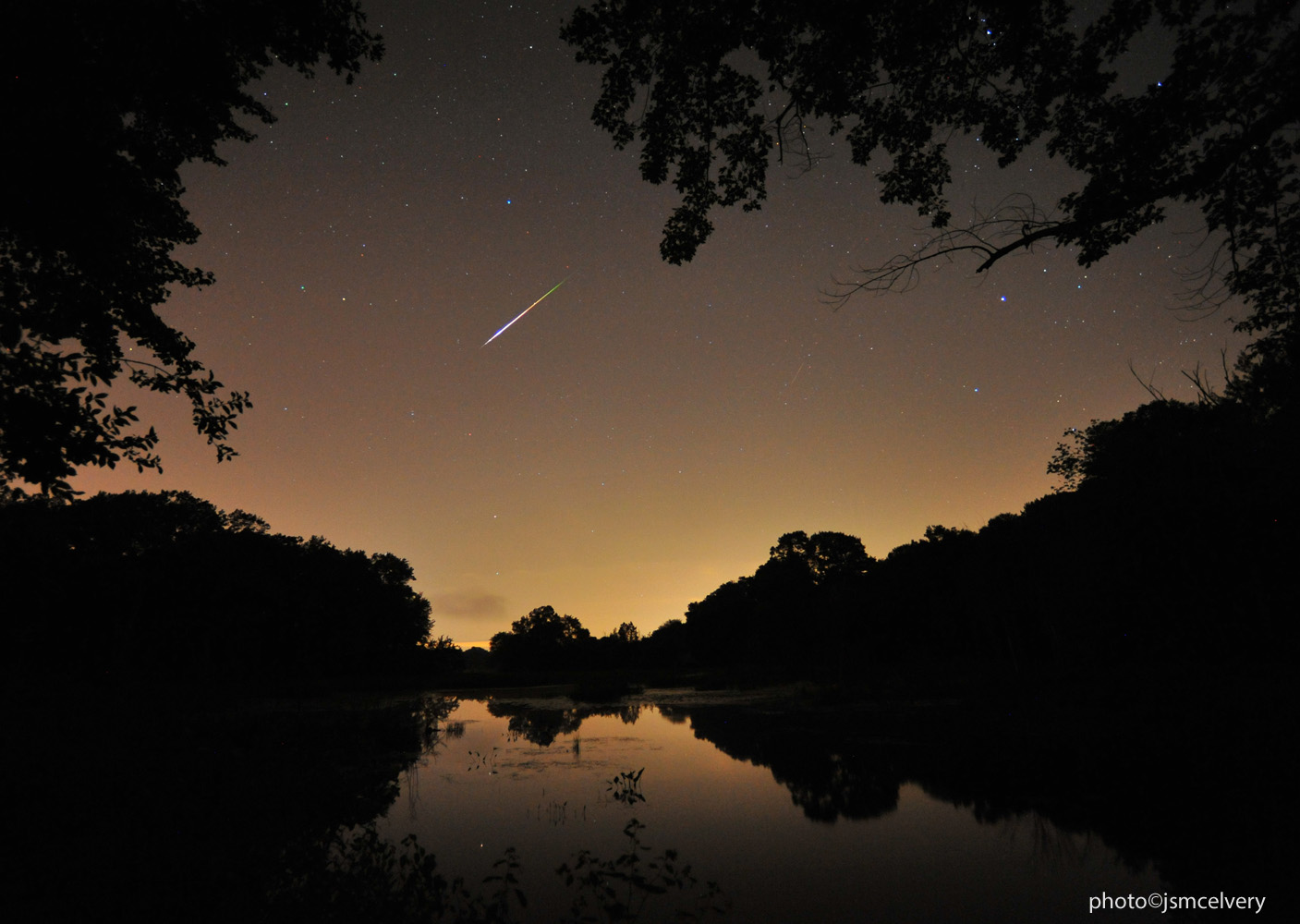
"I setup last night at Frosty Drew Observatory in Charlestown, Rhode Island, USA and waited for the clouds to move out," Scott MacNeill told SPACE.com in an email Sunday (Aug. 11). "At midnight this morning the skies opened up and Perseid meteors started to become quite visible with periodic busts of 5-6 meteors consecutively. I sat out under the fantastically beautiful skies till sunrise taking in the awesome display of this first night of Perseid viewing awesomeness." [See more amazing 2013 Perseid meteor photos by skywatchers]
Get the Space.com Newsletter
Breaking space news, the latest updates on rocket launches, skywatching events and more!
Cody Limber snapped a series of photographs that caught several early Perseid meteors over the course of four days from his home in Orcas Island, Wash.
"Basically, I put my camera in the same spot and then combined all the shots with meteors," Limber told SPACE.com in an email. "Out of the 1,450 pictures (more than 13 hours) I've only caught 10 meteors so far but I'm looking forward to getting more meteors in the days leading up to the meteor shower."
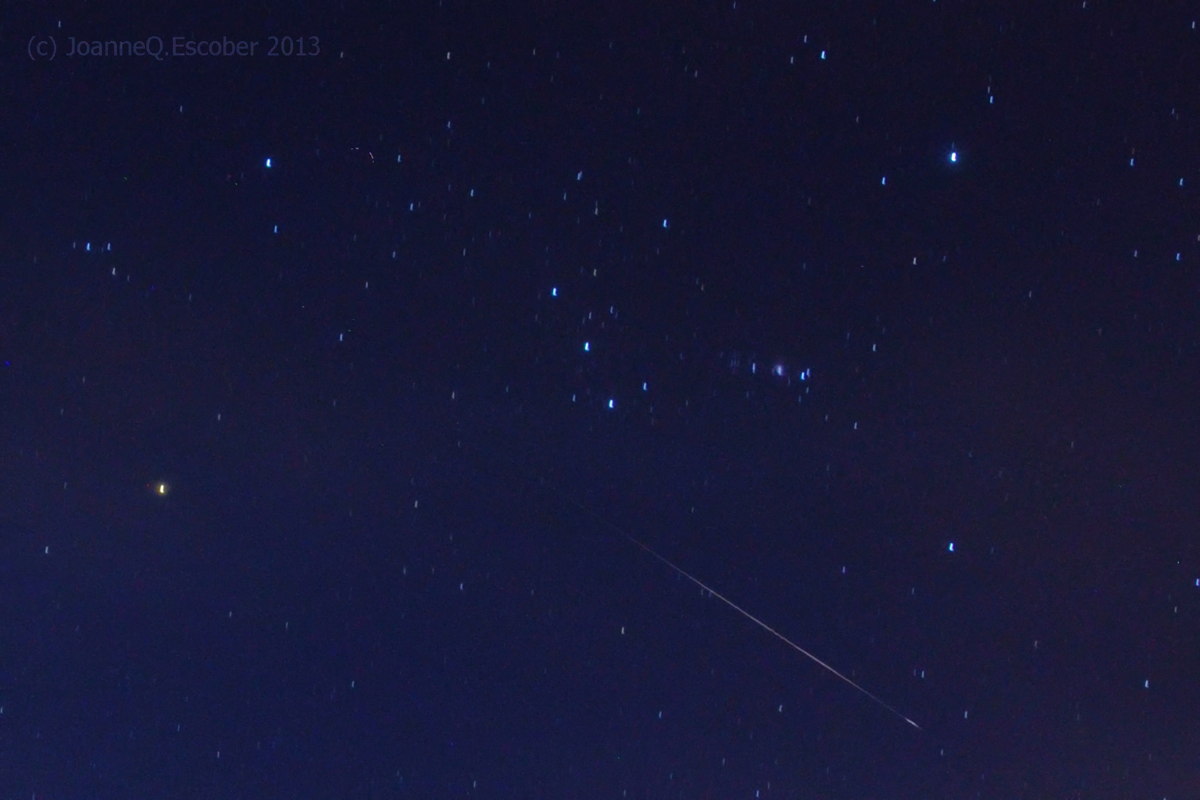
The Perseid meteor shower is considered the "fireball champion" of annual meteor showers, producing more of the long-tailed streakers than any other annual meteor shower during the year, NASA officials have said.
One astrophotographer captured a fireball early Sunday morning.
"The fireball timing was great as it fell very close (from the camera's point of view) to the galactic center of the Milky Way and the Harlan J. Smith telescope from the McDonald Observatory," Sergio Garcia Rill told SPACE.com via email from Texas.
Joanne Escober saw a handful of meteors fall over her area in Marikina City, Philippines.
"Actually I saw 5 meteors during the two hour duration of my stay on our rooftop," Escober told SPACE.com via email. "I pointed my camera at Orion and one meteor entered the frame! Wooohooo!!! I felt so accomplished since this is the first time I captured one."
How to see Perseid meteors
![Learn why famous meteor showers like the Perseids and Leonids occur every year [See the Full Infographic Here].](https://cdn.mos.cms.futurecdn.net/VDWEKQFLr8yuXkTL4YkHqj.jpg)
The shower occurs each year as the Earth passes through a cloud of debris left behind by Comet Swift-Tuttle. As the leftovers enter Earth's atmosphere, they burn up, creating the fiery display that wows observers during one of the best meteor showers of the year.
The meteors appear to radiate out from the constellation Perseus, their namesake, and have been observed for at least 2,000 years, according to NASA experts.
Here are some tips to see the Perseid meteor shower:
Get away from city lights: The Perseids may promise up to 100 meteors per hour, but that is only for stargazers observing from dark skies. Bright city lights diminish the number of meteors you can see.
Get comfortable: Being prepared is not just for Boy Scouts. A comfortable reclining lawn chair or picnic blanket and pillow may help with any long hours spent gazing up at the night sky looking for meteors. A light jacket or windbreaker can help guard against any nighttime chill. Allow your eyes at least 30 minutes to adapt to the darkness in order to see more meteors.
Look straight up: Since the Perseid meteor shower appears to radiate out of the constellation Perseus, which is now visible in the northeastern night sky, many skywatchers feel they have to stare at the constellation. This is a mistake, according to NASA meteor scientist Bill Cooke. Instead, look straight up, Cook has said. Focusing on the origin of the meteor shower may cause you to miss others that blaze up further away from the radiant.
Editor's Note: If you snap an amazing picture of the 2013 Perseid meteor shower or any other night sky view that you'd like to share for a possible story or image gallery, send photos, comments and your name and location to managing editor Tariq Malik at spacephotos@space.com.
Follow Miriam Kramer @mirikramer and Google+. Follow us @Spacedotcom, Facebook and Google+. Original article on SPACE.com.
Join our Space Forums to keep talking space on the latest missions, night sky and more! And if you have a news tip, correction or comment, let us know at: community@space.com.

Miriam Kramer joined Space.com as a Staff Writer in December 2012. Since then, she has floated in weightlessness on a zero-gravity flight, felt the pull of 4-Gs in a trainer aircraft and watched rockets soar into space from Florida and Virginia. She also served as Space.com's lead space entertainment reporter, and enjoys all aspects of space news, astronomy and commercial spaceflight. Miriam has also presented space stories during live interviews with Fox News and other TV and radio outlets. She originally hails from Knoxville, Tennessee where she and her family would take trips to dark spots on the outskirts of town to watch meteor showers every year. She loves to travel and one day hopes to see the northern lights in person. Miriam is currently a space reporter with Axios, writing the Axios Space newsletter. You can follow Miriam on Twitter.









